Overview
Map
Other Details
كنيسة مار يوحنّا المعمدان
Deir El-Ahmar
Baalbek
Baalbek-Hermel
كنيسة مار يوحنّا المعمدان - المشيتية بُنيت الكنيسة سنة ١٨٧٢ بعناية الخوري جرجس خليفة. البناء كناية عن عقدٍ مُصالب بحنية نصف دائريّة. رُمّم البناء أواخر القرن العشرين. The church of St John the Baptist - Mcheitieh The church was built in 1872 with the initiative of Fr. Gerges Khalifeh. The structure consists of a crossed vault with a semi circular apse. The church was restored at the end of the XXth century.
Visited 4787 times, 6 Visits today



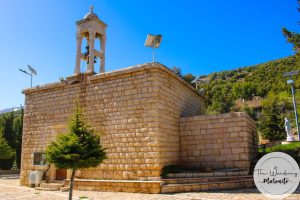
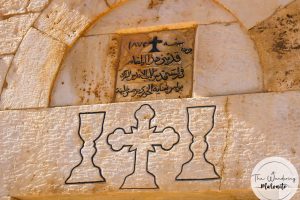

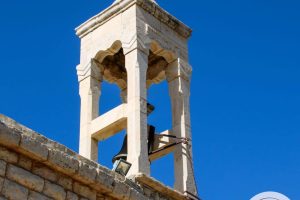
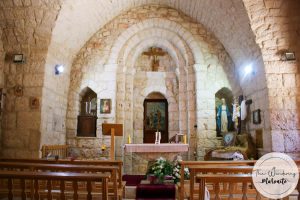
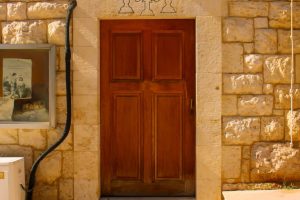
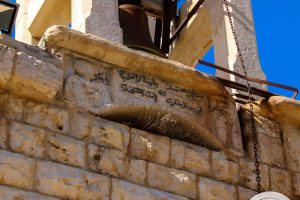
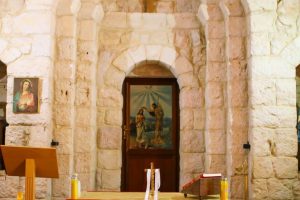
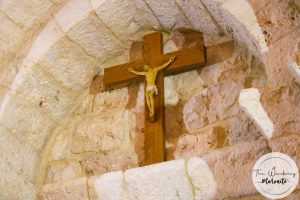
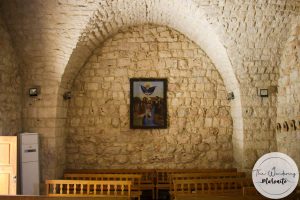
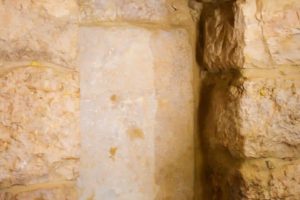












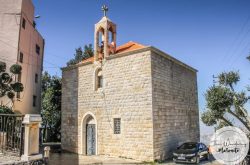
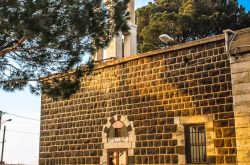
Reviews are disabled, but trackbacks and pingbacks are open.